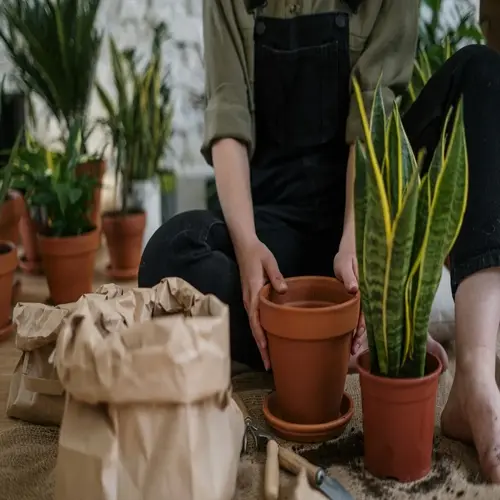Are commercial systems better than DIY?

Written by
Kiana Okafor
Reviewed by
Prof. Charles Hartman, Ph.D.Selecting the right systems for you between commercial kits and DIY systems depends upon your individual gardening requirements and financial resources available to you. Each has its own advantages when suited to certain conditions. Commercial systems offer advanced features, while DIY systems are available at a significantly lower cost. Knowing these differences in advance will ensure you select the proper method for you.
DIY Solutions
- Cost under $10 using recycled household materials
- Simple physics-based designs require no expertise
- Ideal for small-scale indoor plant collections
Commercial Kits
- Higher reliability with tested components
- Customizable for different plant moisture needs
- Professional support and warranty coverage
Hybrid Systems
- Combine DIY bottles with professional valves
- Balance cost savings with enhanced performance
- Offer flexibility for expanding garden setups
Cost-effectiveness allows home methods to appeal to cheap gardeners. Using bottles and cotton lines costs almost nothing. Such systems work about equally to commercial methods for small collections of plants. The savings often exceed 90% as compared to the better kits.
Commercial systems have greater reliability from engineered parts. They have precision valves and hold exact moisture levels continually. Manufacturers have conducted tests of these systems in various applications and under different conditions. You pay more, but in return, you get verified performance for that critical vacation period.
Scalability informs the best choice in the long term. DIY systems are great for small-scale, single plants, but when you consider large garden situations, those DIY methods often fail. Commercial systems are well-suited for extensive gardens with complex installations and are handled efficiently. Hybrid systems give you the best of both worlds when you are in the process of expanding a small garden.
Read the full article: 5 Self Watering Systems That Keep Plants Alive

